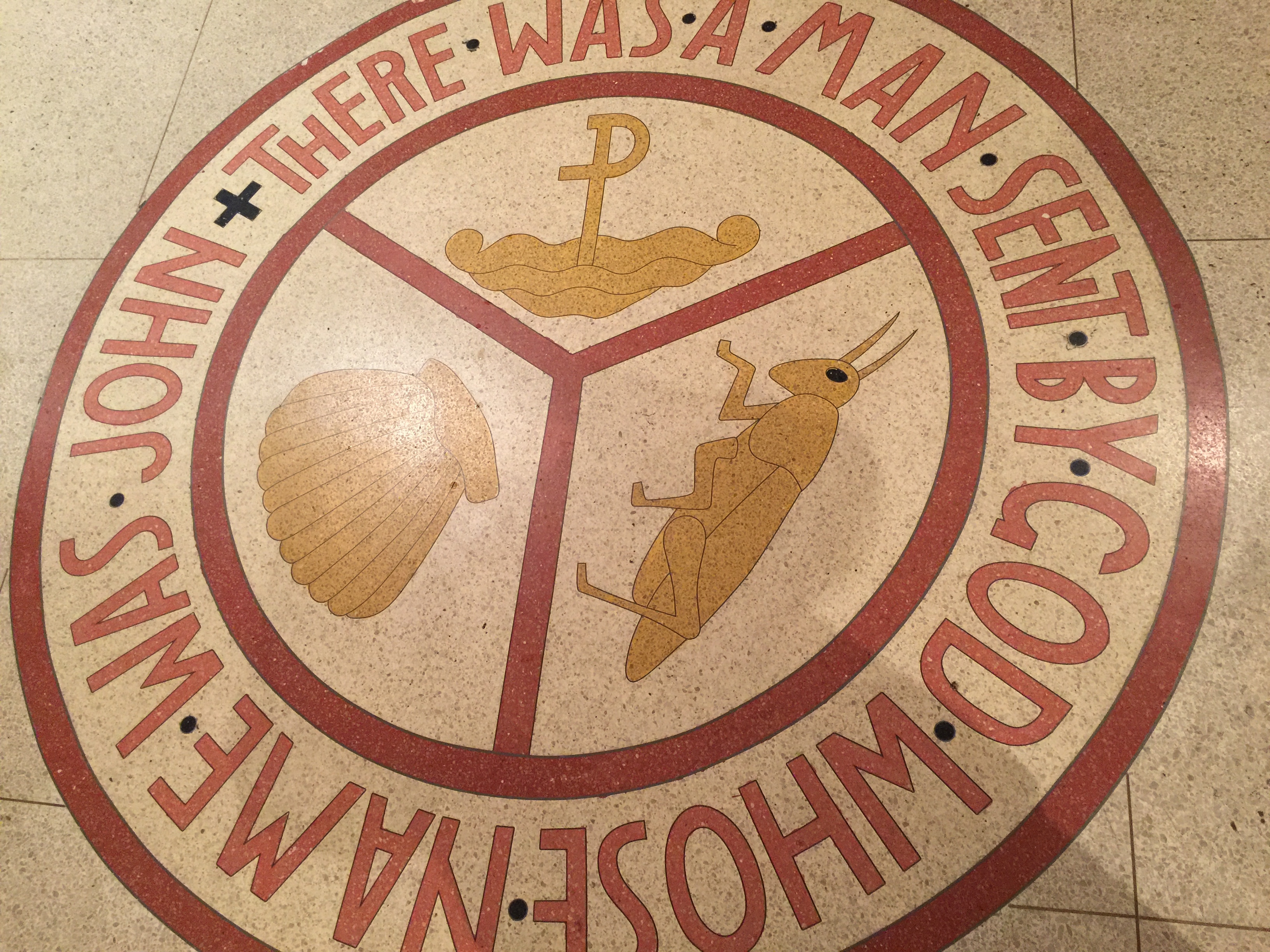This sermon is about the beauty of marriage by way of the pain of annulments, and it is sure to be controversial. It might sound excessively traditional, but it is based on a key line that I forgot to quote from Pope John Paul II. He said that for a declaration of nullity to be granted, run-of-the-mill difficulties in marriage were not sufficient, but rather, “real incapacity is to be considered [for an annulment analysis] only when an anomaly of a serious nature is present”—Pope John Paul II’s exhortation on Canon 1095, written on 25 February 1987. One example of “an anomaly of a serious nature” would be the couple’s decision during engagement to have no children. That is, they were not just using the Pill (albeit an abortifacient that kills and also a mortal sin for both spouses in the marriage), but rather they had an absolute refusal to be open to children. Such an inherent rejection of children from the wedding day onwards would render an attempted-Catholic marriage nothing (null) from the get-go. Another example of this key line by Pope John Paul II on a declaration of nullity only being considered for “an anomaly of a serious nature” would be the implicit and hidden rejection of the exclusivity of one spouse (usually an unrevealed rejection of monogamy from engagement onwards.) This would have to be something more grave than even several acts of infidelity during the marriage. Again, infidelity (including pornography, see Matthew 5:28) is mortal sin, but it doesn’t break the bond made at the altar, for only death can break that bond. If a man got married, secretly planning to leave his wife in a few years, this marriage should probably be retroactively declared “null” by the Tribunal. (The Tribunal is the marriage arm of a Catholic diocese.)
The point is that ordinary arguments or even lack-of-happiness in a Catholic marriage does not warrant an investigation as to whether there was lack of due discretion in the formation of a Catholic wedding bond. The bond was indeed ratified at the words of the couple at the altar on their wedding day; those bonds were consummated several hours later at the hotel. This bond is to be favored by canon lawyers and priests, without any excessive retroactive analysis of the internal disposition of the two spouses during their engagement unless they are highly unusual Catholics, unless there is “an anomaly of a serious nature” as Pope John Paul II wrote regarding Canon 1095 on 25 February 1987. I have known such highly unusual Catholics whose attempt at marriage does indeed fit the bill of being “an anomaly of serious nature.” They probably deserved their attempted marriage to be declared null, and they received it. However, the thrust of this sermon is to push against the sheer numbers that make a mockery of marriage and do not favor the bond of even the best Catholic families. Trust me: I side with all the Popes and saints of history. Most importantly, I side with Jesus Christ who said: “Everyone who divorces his wife and marries another commits adultery, and he who marries a woman divorced from her husband commits adultery.”—St. Luke 16:18. The photo is a picture I took at St. John the Baptist narthex in New Orleans, one of the many saints who died defending the bond of marriage. This sermon was released on the feast of his decapitation.
Podcast: Play in new window | Download | Embed
Subscribe: Apple Podcasts | Android | RSS
